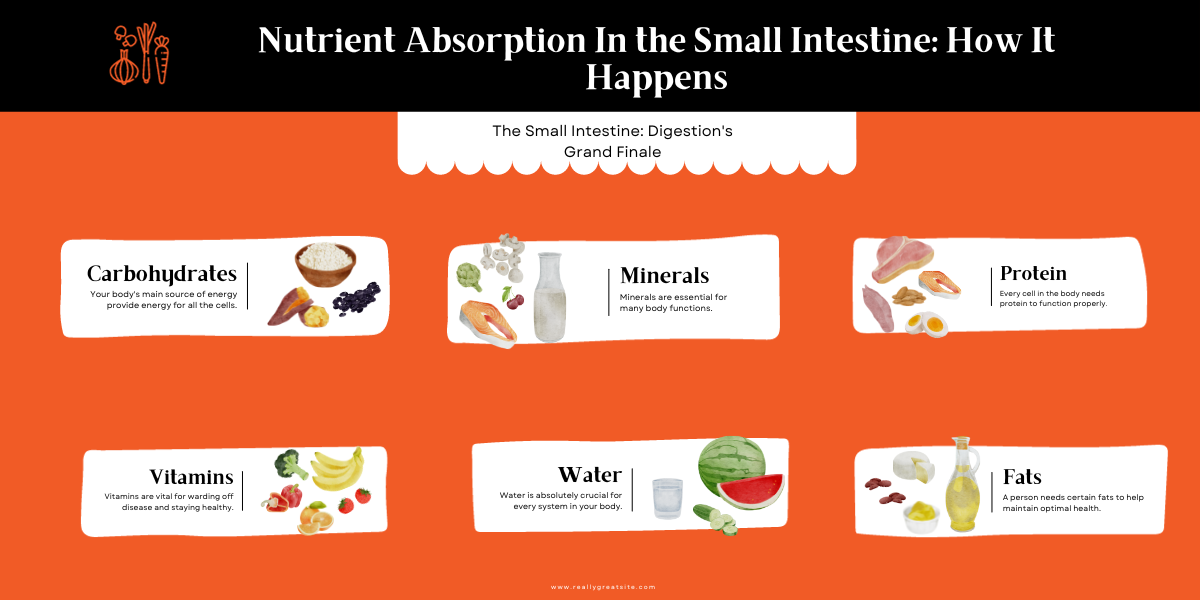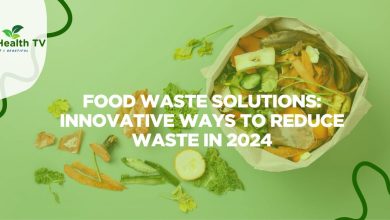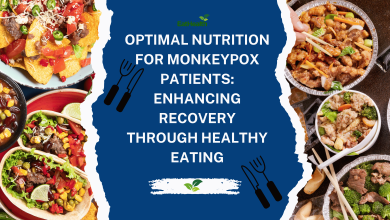Nutrient Absorption In the Small Intestine: How It Happens
Inside the Nutrient Wonderland: How the Small Intestine Absorbs Nutrients
Unveiling the Magic: How Nutrient Absorption Happens in the Small Intestine
The small intestine is a remarkable organ with a vital role in our digestive system. It’s here that the majority of nutrient absorption takes place, ensuring that the food we eat is broken down and transformed into essential substances that fuel our bodies. In this blog post, we’ll take a journey into the fascinating world of the small intestine and explore the intricate process of nutrient absorption.
The Small Intestine: Digestion’s Grand Finale
-
Anatomy of the Small Intestine:
- The small intestine, despite its name, is a significant organ, measuring about 20 feet in length. The jejunum, the ileum, and the duodenum make up its three sections.
-
The Digestive Process Leading Up to the Small Intestine:
- Before nutrients reach the small intestine, they undergo initial digestion in the stomach and further breakdown in the duodenum, where bile and pancreatic enzymes play crucial roles.
Nutrient Absorption Mechanisms
-
Villi and Microvilli:
- These tiny, finger-like projections line the inner walls of the small intestine, greatly increasing its surface area. They are covered in even smaller hair-like structures called microvilli, where the magic of absorption truly happens.
-
Nutrient Transportation:
- Nutrients are absorbed through specialized transport mechanisms, including active transport, facilitated diffusion, and simple diffusion.
-
Specific Nutrient Absorption:
- Different sections of the small intestine are responsible for absorbing specific nutrients. For example, the duodenum absorbs iron and calcium, while the jejunum specializes in carbohydrate and protein absorption.
Key Nutrients and Their Absorption
-
Carbohydrates:
- Carbohydrates are broken down into simple sugars and absorbed primarily in the jejunum.
-
Proteins:
- Proteins are digested into amino acids and absorbed throughout the small intestine.
-
Fats:
- Dietary fats are emulsified by bile and absorbed in the jejunum and ileum.
-
Vitamins and Minerals:
- Essential vitamins and minerals like vitamin B12, folate, and iron are absorbed in various segments of the small intestine.
Challenges to Nutrient Absorption
-
Celiac Disease:
- A condition the small intestine’s lining is damaged, makes it difficult to absorb nutrients.
-
Inflammation and Infections:
- Conditions like Crohn’s disease and infections can disrupt the small intestine’s delicate balance.
Conclusion
The small intestine is a marvel of nature, where the final and most critical step of digestion unfolds. Its intricate anatomy and specialized mechanisms ensure that the nutrients from our food are efficiently absorbed into our bloodstream, nourishing our bodies and sustaining our health. Understanding this fascinating process reminds us of the incredible complexity that lies beneath our everyday actions, such as eating a meal, and highlights the importance of a healthy digestive system in overall well-being.





